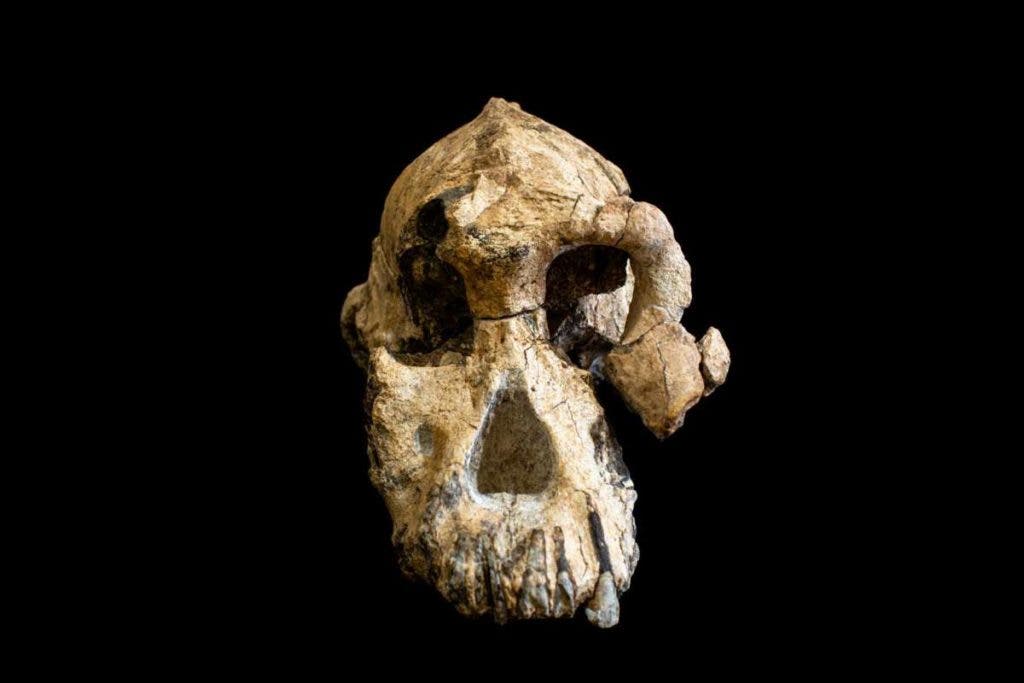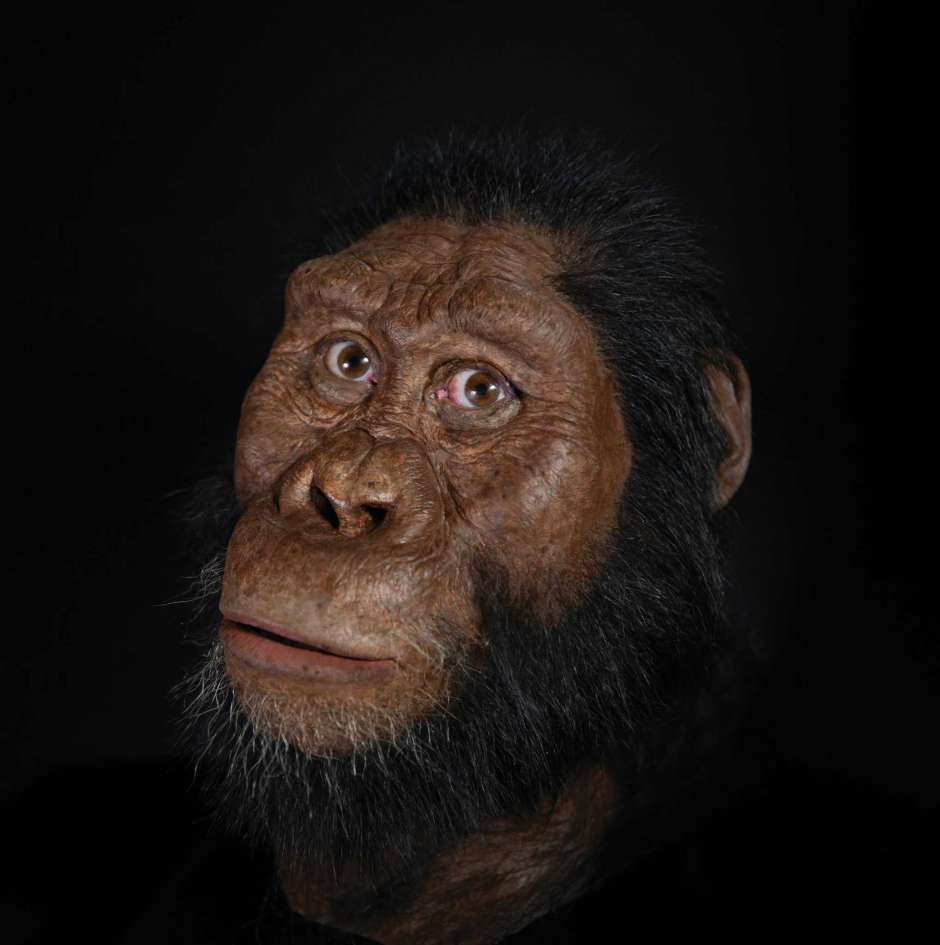Excavations in Ethiopia have led to the discovery of an iconic 3.8-million-year-old skull belonging to a human ancestor. The fossilized skull is “one of the most significant specimens we’ve found so far,” according to anthropologists who reported the findings on Tuesday in two papers published in the journal Nature.

The male skull (code-named MRD-VP-1/1 and herein referred to as “MRD”) belongs to a species of hominid known as Australopithecus anamensis, which lived between 4.2 million and 3.8 million years ago. It’s one of the earliest human ancestors known to walk on two legs. However, it also had long arms and strong hands, which suggests that Au. anamensis was an accomplished climber as well.
“Features of the upper jaw and canine tooth were fundamental in determining that MRD was attributable to A. anamensis“, said Dr. Stephanie Melillo, a researcher at Max Planck Institute of Evolutionary Anthropology. “It is good to finally be able to put a face to the name.”
You might be more familiar with another member of the Australopithecus family — Australopithecus afarensis, of which the famous Lucy, discovered in 1974, was a member. Lucy quickly became a defining specimen of the human evolutionary tree thanks to its exquisitely preserved fossils.
The same can’t be said about Lucy’s older relatives. Although the first Au. anamensis fossils were discovered a long time ago, the most important puzzle piece was missing — namely, the skull. Luckily, this changed in 2016 when anthropologists excavated an Au. anamensis skull trapped in an ancient river and lake system at Woranso-Mille in Ethiopia.
The cranium is perhaps the most important body part for anthropological studies. It houses the brain and its size reflects locomotion and general body size. Meanwhile, the jaws and teeth can reveal many details about an extinct species’ diet.

And, of course, we also now have the face of an extinct species. Judging from the skull’s features, Au. anamensis had a jutting jaw and lower features. Later hominin species gradually flattened their faces while the brain case became enlarged.
Scientists think that the newly discovered Au. anamensis skull could become a central piece of our evolutionary story. For instance, this specimen could refine the timeline of some hominin adaptations. We now know that Au. anamensis had a smaller and somewhat differently shaped brain from Au. afarensis.
Best of all, the MRD cranium — along with another, older specimen discovered in the Afar region — shows that A. anamensis and A. afarensis co-existed for at least 100,000 years. This challenges the widely-accepted idea that the two human ancestors went through a linear transition.
This is a game changer in our understanding of human evolution during the Pliocene,” said Yohannes Haile-Selassie from the Cleveland Museum of Natural History.
“We used to think that A. anamensis gradually turned into A. afarensis over time. We still think that these two species had an ancestor-descendent relationship, but this new discovery suggests that the two species were actually living together in the Afar for quite some time. It changes our understanding of the evolutionary process and brings up new questions – were these animals competing for food or space?” Melillo added.


